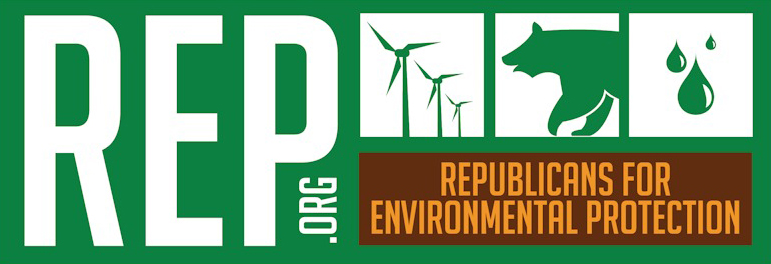AMERICA’S WILDERNESS HERITAGE
By JIM DIPESO, REP’s Policy Director
AN HISTORICAL DOCUMENT: Originally published in the winter 2002 issue of REP’s The Green Elephant newsletter.
xx
On that muggy Philadelphia day when American independence was declared, the new nation emerged on a continent that was mostly wild.
Wilderness gave our nation its special character. American culture is distinct because of our forebears’ encounters with wild forests, rivers, prairies, mountains, and deserts.
Today, 227 years later, Americans can still experience the wilderness of our nation’s early years. Our natural heritage bears special reflection as we approach the bicentennial of Lewis & Clark’s momentous expedition.
Much of the wild country that Lewis & Clark explored and described is gone. Prairies, bison and grizzly bears gave way to farms. Forests were logged, mines dug, and wetlands drained to feed growing cities and stoke the richest civilization in the history of the world.
Yet a powerful conservation movement has worked since the 19th century to set aside some wild places as the great commons of a free people. The result is an assemblage of protected lands and waters that embody our nation’s history, showcase its beauty, and enrich our liberty.
Lands and waters with evocative names — Yellowstone, Yosemite, the Everglades, the Smokies, the Grand Canyon, the Adirondacks, Denali, Cape Cod, the Great Lakes, the River of No Return — give America a special identity among nations.
America’s national parks, forests, monuments, wildlife refuges, wilderness areas, and wild rivers are much more than pretty places to visit. Theodore Roosevelt, the great outdoorsman who protected millions of acres during his presidency, acted on a powerful insight:
Conservation is critically important for keeping America strong.
And there are many other good reasons for protecting America’s wild lands and waters.
xx
Wilderness is a patriot’s heritage.
The wild is a tangible connection to frontier landscapes where Americans built a civilization founded on freedom, democracy, opportunity, equality, and community. Wilderness is a chance to touch trees that were fully alive when Thomas Jefferson was fully alive, thinking deeply about self-evident truths and inalienable rights.
xx
Wilderness is a refuge.
The wild is a place of beauty and quiet, offering freedom from the noise and distractions of industrial civilization. Wilderness invites us to take a personal journey like Huck Finn’s and “light out for the territory.”
xx
Wilderness is a library.
The wild holds ancient knowledge and serves as a benchmark for greater understanding of nature’s ingenious workings.
xx
Wilderness is a trust.
The wild calls forth stewardship of our “natural capital” — the energy flows and wild gene pools that pay dividends in the form of air, water, food, medicine, and a stable climate on the only habitable world we know. Wild lands hold the irreplaceable in reserve and keep options open for the unknowable future.
As Roosevelt realized a century ago, conservation is our hedge against tomorrow’s uncertainties.
Since Roosevelt’s time, our world has become more populated, our technology more powerful, and our consumption more demanding of the Earth’s resources.
Humanity has become a force of nature. We are filling the atmosphere with gases that alter the climate. We are mining water that accumulated underground through the ages. We are fragmenting and simplifying habitat, the intricate natural matrix where countless species mediate the nutrient and energy flows that support all life.
Our time horizons have shrunk and so have our margins for error.
Wilderness, the heritage of simpler times, points a prudent way forward in a crowded, complicated, and mechanized world.
Wilderness is a vivid reminder of timeless conservative values — thrift, stewardship, and responsibility — on which our nation was built. The land was and still remains the crucible of our nation and a cornerstone of our well-being. When we care for the land, we Americans are at our patriotic best.
Return to THINGS WE FIGHT FOR: WILDERNESS PROTECTION
Return to REP’S HISTORY: PART 2
Return to top of page
